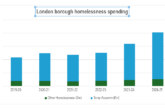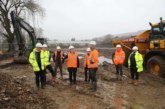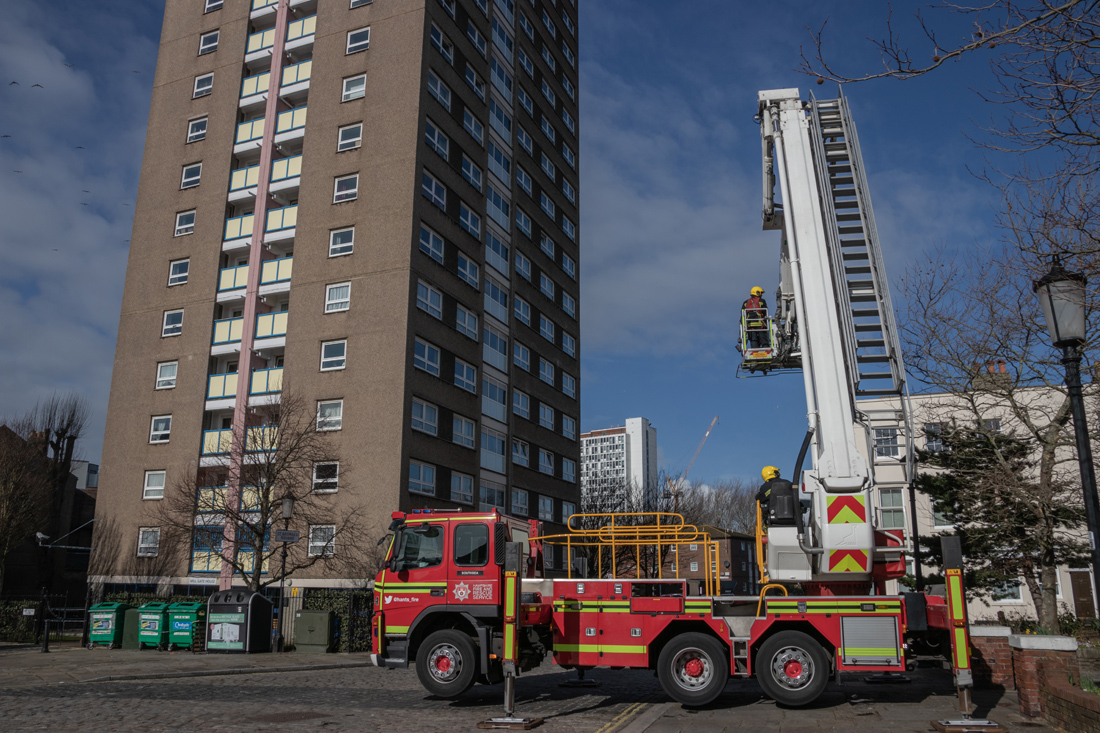
LABM reports on the National Social Housing Fire Strategy Group’s Fire Safety Event: Reducing fire deaths must be our priority, which took place in October at the Building Centre in London.
Speakers included Sir Ken Knight CBE, QFSM, DL who gave the Chair’s welcome, Andy Frankum, Chair of the National Social Housing Fire Strategy Group (NSHFSG), who discussed the aims of the National Social Housing Fire Strategy Group Network, and Dennis Davis from the Fire Sector Federation, who delivered a presentation on the changes to the law, which asked, isn’t it about time fire risk assessments were delivered competently?
Will Dawes from the Home Office shared statistics on fire deaths and serious injuries and what the statistics tell us, whilst Penelope Schofield, The West Sussex, Brighton & Hove Senior Coroner highlighted the coroner’s role in preventing future deaths. The afternoon’s talks were round off by Jan Taranczuk, Strategic Housing Advisor at Plumis, who provided an analysis of 10 years of Prevention of Fire Death (PFD) reports.
Fire safety is a huge concern for local authorities and housing associations across the UK, and it’s understandable, given the terrible tragedy at Grenfell Tower. For housing providers with finite budgets and many competing challenges, such as Building Safety, Decent Homes, decarbonisation, rising costs of materials and building works, under resourced departments etc… the enormity of these challenges can seem overwhelming.
Since Lakanal and Grenfell, the conversation surrounding fire safety has tended to focus around the building structure and its component parts, unsurprisingly. Desktop studies were rightly called into question and the need for greater transparency and more rigorous legislation was evident for all to see.
Those responsible for the management of properties need to know what they are specifying and its appropriateness to the application, and conduct regular rigorous checks. All assessments should be conducted by a competent person. If changes are implemented, it’s important the impact of those changes to the building and people who live in them are considered.
The last six years has seen a huge amount of regulatory upheaval, with the Building Safety Act 2022 coming into force in October. The NSHFSG says we ‘need to get back to fire safety basics if we are to learn from where fire deaths have occurred in the past’, to reduce fire deaths in the future and ensure resident safety.
It’s important to think about the continuing nature of fire deaths. Fire deaths are often people in care and people in their own homes who are maybe vulnerable or have some form of infirmity or disability, which needs to be taken into account when implementing fire safety strategies and measures.

Research statistics
In his opening address, Sir Ken Knight CBE said: “Recent research published by the Home Office in March, called ‘An In-depth Review of Fire-related Fatalities and Severe Casualties in England in 2010-11 to 2018-19’, supplemented the previous BRE research into the fire fatalities in Scotland which found that generally, fire-related fatalities and injuries are more likely to occur because of an individual’s circumstances, or equipment in the home, rather than the type of property they live in. I think that’s a really telling statement to come to otherwise we focus on property types rather than the vulnerability of people in fire. And this is also confirmed by more recent examination of the Coroner Prevention of Deaths report issued under Rule 28 of The Coroners Rules.”
Sir Ken said there are 39 reports into 43 deaths in domestic premises, including care homes, between August 2013 to 2023 and the Government is also currently consulting on disability evacuation, which Sir Ken said “plays right into the heart of this, if you understand why the deaths occur, you can, much more importantly, understand how they can be prevented”.
Home Office research revealed that the overall number of fire-related fatalities per year has decreased since 2017, and identified a few key factors that could be associated with the reduction of fatal fires in England, these included an increase in households with working smoke alarms, a downward trend in smoking, drug and alcohol use and improved safety standards. Also, the Smarter Regulation: Fire safety of domestic upholstered furniture consulation closed in October. However fire-related deaths are still occurring.
Resident safety
Andy Frankum said: “We’re here today to raise the profile of fire deaths. With all the
regulatory changes, it’s important that we’re looking in the rear view mirror and making sure our residents are safe, that’s what it’s all about.
“I’ve been in housing 14 years as a health and safety professional, a fire safety professional for 20, and this is the biggest single change I’ve seen in regulation. For me it’s about strengthening the enforcement regime so people can be held to account when they don’t meet those standards. And that’s why we’re running the ‘Back to Basics’ campaign, to make sure people are safe and we’ve got the right measures in place to ensure that can be delivered.”
The Home Office’s Will Dawes shed light on the statistics: “We did some analysis of the relative risk of being a fire fatality and there’s an exponential rise through the age groups, especially over the age of 55, and 64 and above, it goes above the general population average. The same is true for the relative risk of being a severe casualty, but that’s less prominent.
“The risk of being involved in a fatal fire is higher for males than females and again that’s a risk you start to see over the age of 17, which maintains throughout the ages. A challenge for us in the Home Office going forward, and the Fire Service is capturing better and more consistent data and understanding some of those trends.”
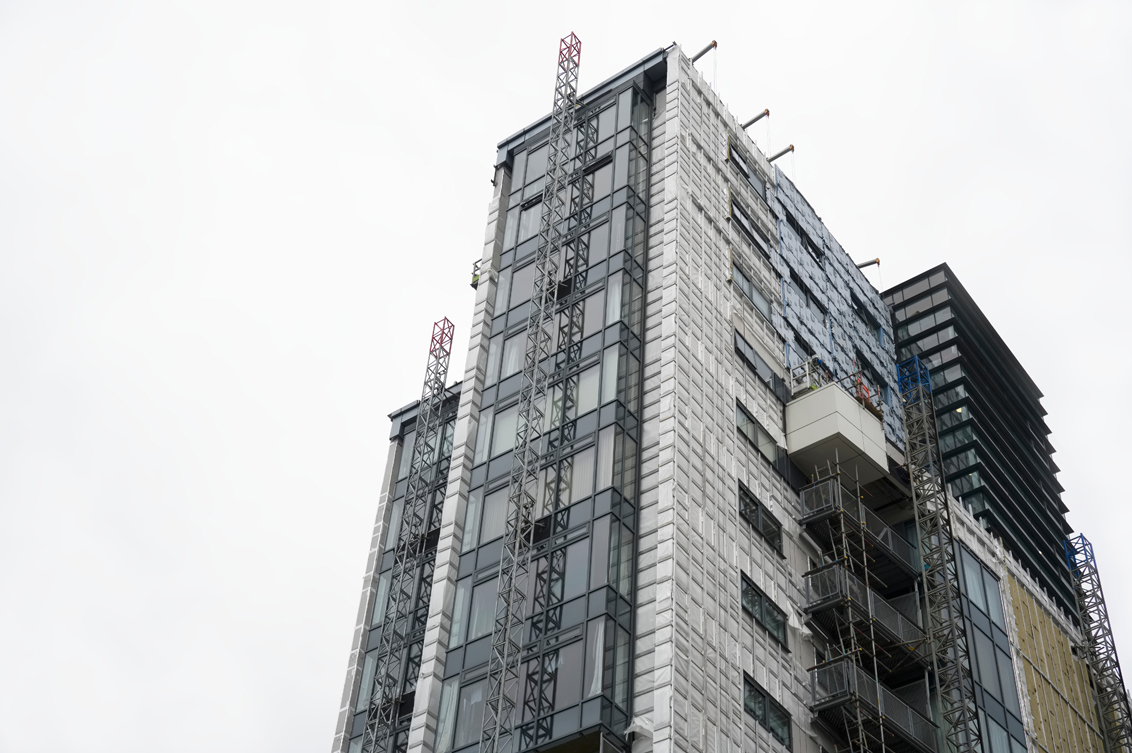
Coroner’s perspective
Senior Coroner Penelope Schofield said: “There are about half a million deaths in the country every year and about 40% get referred to coroners, of those about 15% of all deaths go off to have a postmortem. That’s 82,000 post-mortem examinations and there are 83 senior coroners around the country.
“Inquests are a very small percentage of the cases we deal with — about 6%. Most inquests involve a coroner and a family member. With 30,000 inquests, how many PFDs do you think are written? It’s a really small percentage unfortunately, about 0.1%, 450 a year.
“When a PFD is written, it’s sent to the recipients, the person to who the coroner is addressing the report to, it may not be anyone involved in the inquest, it could be the Secretary of State, it could be a chief executive of a particular organisation, or it could be any national body, and they have 56 days in which to provide a response.”
Only 33% respond. Penelope says “it’s incredibly frustrating if people choose not to respond and that’s why the legislation is a little bit toothless”.
Penelope continued: “Once we get the response we send it to the Chief Coroner’s Office and all interested persons involved. The CCO then publishes it on their website with all the responses, so it can become quite apparent who hasn’t responded.”
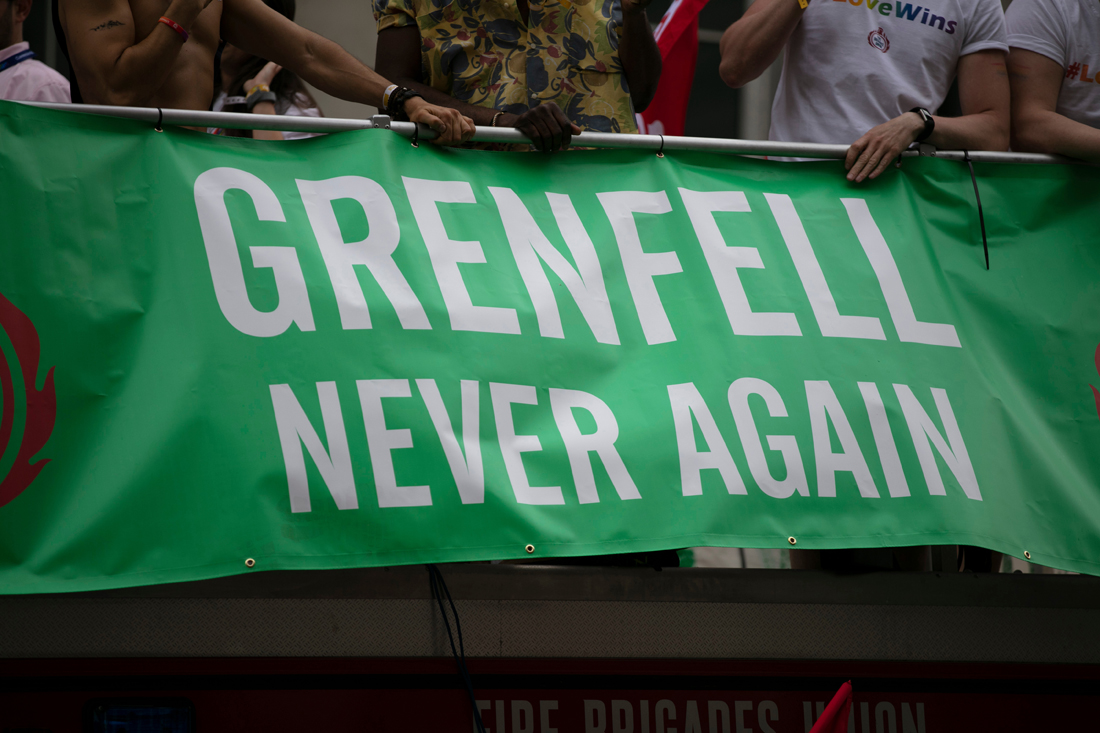
Learning from the past
Jan Taranczuk says: “Deaths are important and we need to understand individual deaths to be able to understand the whole story. Lakanal was in July 2009. I was a Housing Manager at the time. At that stage I’d never heard of the Stevenage Harrow Court fire that happened in February 2005, I only found out about it when the Shirley Towers fire happened in 2010.”
When Jan discovered that what had happened to the fire fighters who died in Southampton, had occurred in Stevenage five years earlier, he was shocked. The fire fighters had died as a result of electrical wiring falling from the ceiling and wrapping around them. The plastic trunking which was meant to hold the electrical wires in place had melted. The coroner on the Stevenage case said in their report that metal trunking should have been used instead of plastic.
The coroner issued a PFD and nobody took any notice. Post Shirley Towers, the electrical regulations changed to require all systems for fixing electrical cables in escape routes to be of metal construction.
It’s clear there are lessons to be learnt. When it comes to fire safety, it’s not just about the building, but the people who reside within them and their circumstances. The information contained within Prevention of Future Death reports has a valuable role to play in stopping the same mistakes inadvertently being replicated elsewhere and vitally, helping prevent future fire-related tragedies. And the advice of the coroners should never be ignored.
Header image: A fire crew attending to a fire in a high-rise tower block in Portsmouth. Image ©Gary L Hider/AdobeStock



